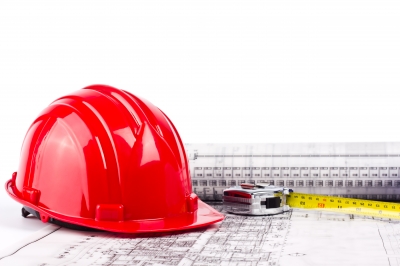In Suing Commonwealth of PA, Clean Air Council Takes A Stand For Up-To-Date Building Codes
 There is a war on building codes across the United States, and Pennsylvania is ground zero.
There is a war on building codes across the United States, and Pennsylvania is ground zero.
After years of regular building code updates, a law was passed in 2011 (Act 1) at the urging of the Pennsylvania Builders Association to make it essentially impossible for building codes to be updated.
Last Thursday, the Clean Air Council decided to take action, filing suit against the Commonwealth for its failure to adopt both the 2012 and 2015 codes, and challenging Act 1. The Petition in Commonwealth Court is available here, with the extensive exhibits available here.
In summary, the suit alleges that the Pennsylvania Review and Advisory Council (RAC), the 19 member body charged with reviewing and adopting building codes rejected the 2015 codes for no reason and against the recommendations of its own technical review subcommittees. It also alleges that Act 1 violated the Pennsylvania and Federal constitutions by creating a process that makes code adoption impossible.
Pennsylvania is an example of a nationwide trend. Starting with the 2009 codes, homebuilders associations in many states have sought to delay or derail code updates by taking over administrative building code review councils and lobbying for draconian legislation. North Carolina is another example, where the codes are now on a 6 year cycle, and more legislation is in the works (HB255) to make adoption even more difficult.
The implications for the built environment in terms of safety, energy efficiency, cost-effectiveness and resilience from natural disaster damage are massive.
Of course, up-to-date codes save lives. Recently, a 2 year old child fell out of a window that was not built to the current codes. Had the current codes been in effect, the window would not have been able to open as far, preventing this tragedy.
With natural disasters on the rise, making the built environment more resilient is critical. The Federal Emergency Management Agency (FEMA) determined that $1 spent on preparedness for natural disasters will save $4 in restoration costs. FEMA has also said that up-to-date building codes are among the most cost-effective mitigation measures.
The 2015 codes include many flood-related provisions, including changes to the 2015 International Residential Code supported by FEMA’s Superstorm Sandy analysis report.
Up-to-date codes save consumers money and benefit the environment through greater energy efficiency. The 2015 codes are 15% more energy efficient than the 2009 codes, and 30% more energy efficient than the 2006 codes. The Department of Energy estimates that consumers will save between $4000-$24,000 over the course of a 30 year mortgage (2009 compared to 2015 codes), as well as reducing air pollution and greenhouse gas emissions. Simple payback will be less than two years.
The health of the United State's manufacturing sector and the safe and effective installation of new technology also requires regular building code updates.
Investment: The investment decisions of electrical manufacturing companies like Eaton, Tyco, Lutron and others in capital equipment, machinery, and jobs are often based upon nationwide adoption of codes. When those codes are not adopted, or adoption is delayed, decisions to make those investments and hire employees are negatively impacted.
Risk management: Installation codes and product standards work hand in hand to ensure public safety and ensure that products perform in the manner in which the manufacture intends and customer expects. Not adopting the latest code puts us at risk, first responders at risk, engineers at risk, distributors at risk, general contractors, electrical contractors and citizens at risk. Liability can be increased for all of the above if up-to-date codes are not adopted. These companies build products to meet new code requirements, and expect the equipment to be installed in that manner across the United States.
Innovation: New technology, like ground source heat exchange, high-pressure decorative exterior grade compact laminates, dynamic glazing, solar energy systems, electric vehicle charging stations and many others have been gaining traction over the past few years. Up-to-date codes provide guidance on the safe and effective installation of these new products. For example, the 2015 codes have updated roofing requirements for installation, wind resistance, fire classification and others. These changes will protect the lives of homeowners and first responders alike.
The Clean Air Council chose to take this issue head on, and I will keep you updated on the progress.
Image courtesy of kdshutterman at FreeDigitalPhotos.net

 Shari focuses on energy, environmental and building code policy, representing international companies, non-profits and trade associations in their policy and communications campaigns
Shari focuses on energy, environmental and building code policy, representing international companies, non-profits and trade associations in their policy and communications campaigns

